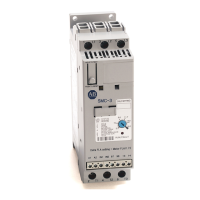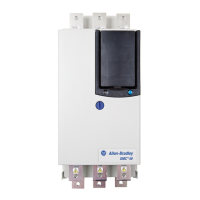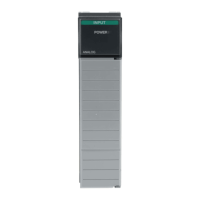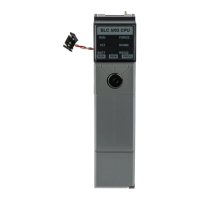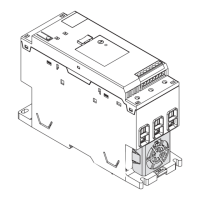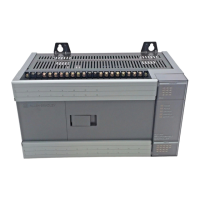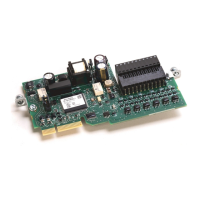Motion State Instructions
Rockwell Automation Publication MOTION-RM002H-EN-P-February 2018 65
Description
The MDS instruction:
• Is only valid for the AXIS_CIP_DRIVE axis data type.
• Performs a drive enable if the axis is not in the Running state.
• Applies desired DirectVelocityControlStatus Command attribute and/or
the DirectTorqueControlStatus Command attributes.
• Presents the DirectVelocityControlStatus Command attributes and/or the
DirectTorqueControlStatus Command attributes.
• Is activated on a Rung False-to-True transition.
The MDS instruction is used to activate the direct control of velocity or torque for
a specified axis. The instruction performs an axis enable sequence and then presets
the DirectVelocityControlStatus Command attribute and/or the
DirectTorqueControlStatus Command attribute if the selected drive supports
direct control. The most common usage of the MDS instruction is the flying start
application, where the following attributes directly control the motion dynamics:
• RampAcceleration
• RampDeceleration
• RampVelocity - Positive
• RampVelocity - Negative
• RampJerk - Control
The DirectVelocityControlStatus Command attribute is applied by taking the
value in the speed field in the instruction configuration and copying it into the
DirectVelocityControlStatus Command attribute. The
DirectVelocityControlStatus Command attribute is then scaled and summed
onto the commanded output to the drive device. The
DirectVelocityControlStatus Command attribute value can be modified directly
via the MOV instruction.
The DirectTorqueControlStatus Command attribute is applied by taking the
value in speed field in the instruction configuration and copying it into the
DirectTorqueControlStatus Command attribute. The
DirectTorqueControlStatus Command attribute is then sent directly to the drive
via the placeholder in the CIP Controller to Drive Connection.
A combination of the DirectVelocityControlStatus Command attribute and the
DirectTorqueControlStatus Command attribute can be applied in applications

